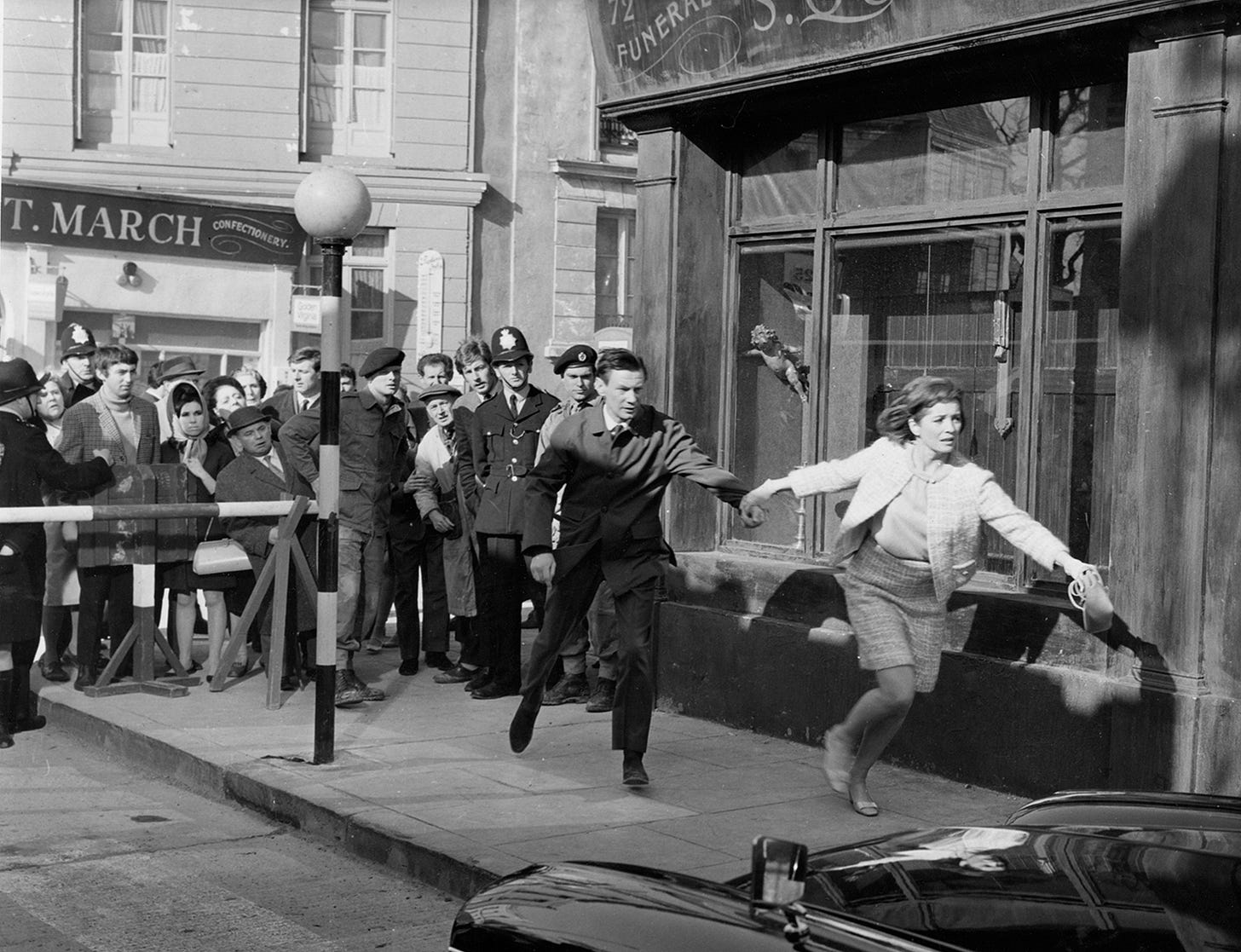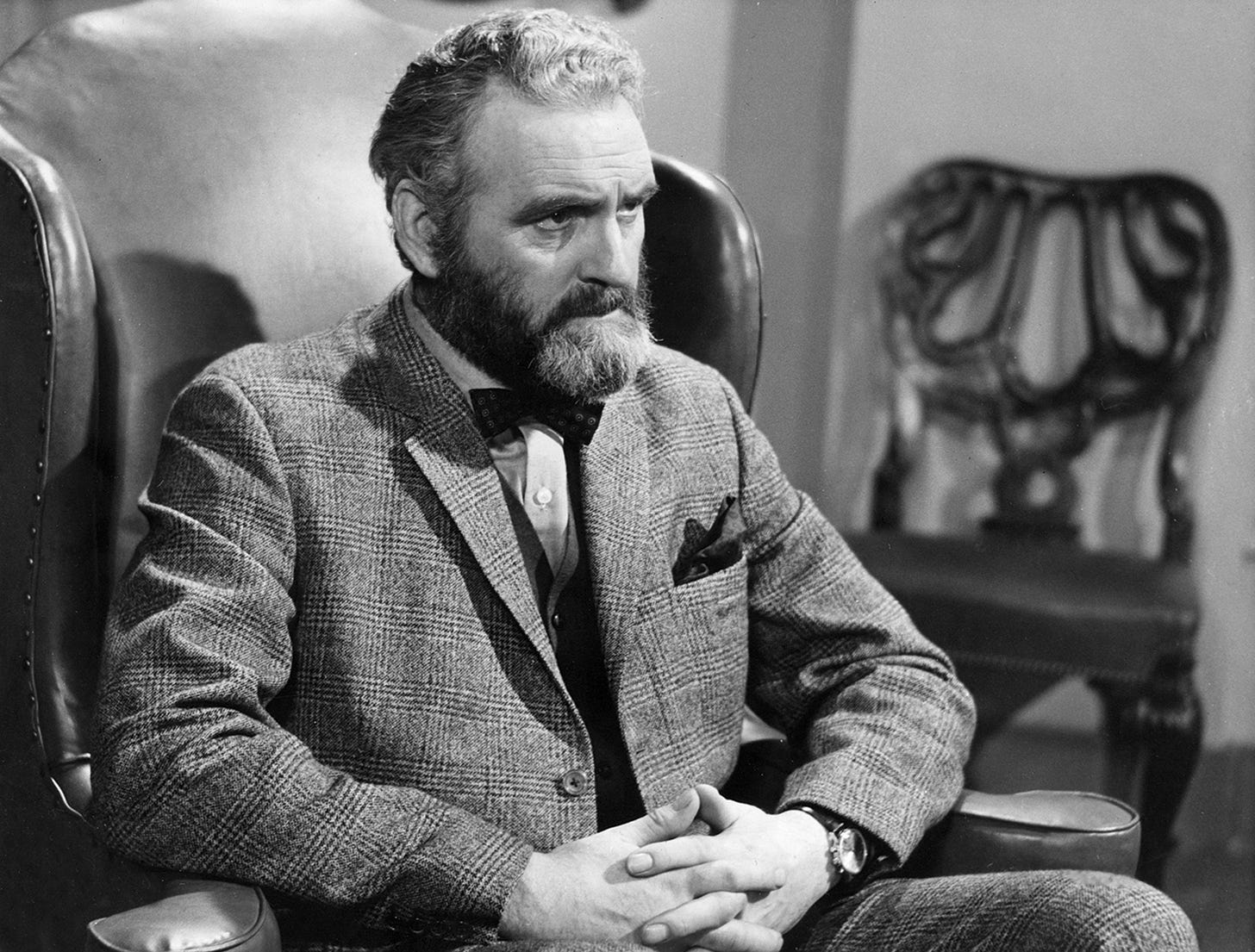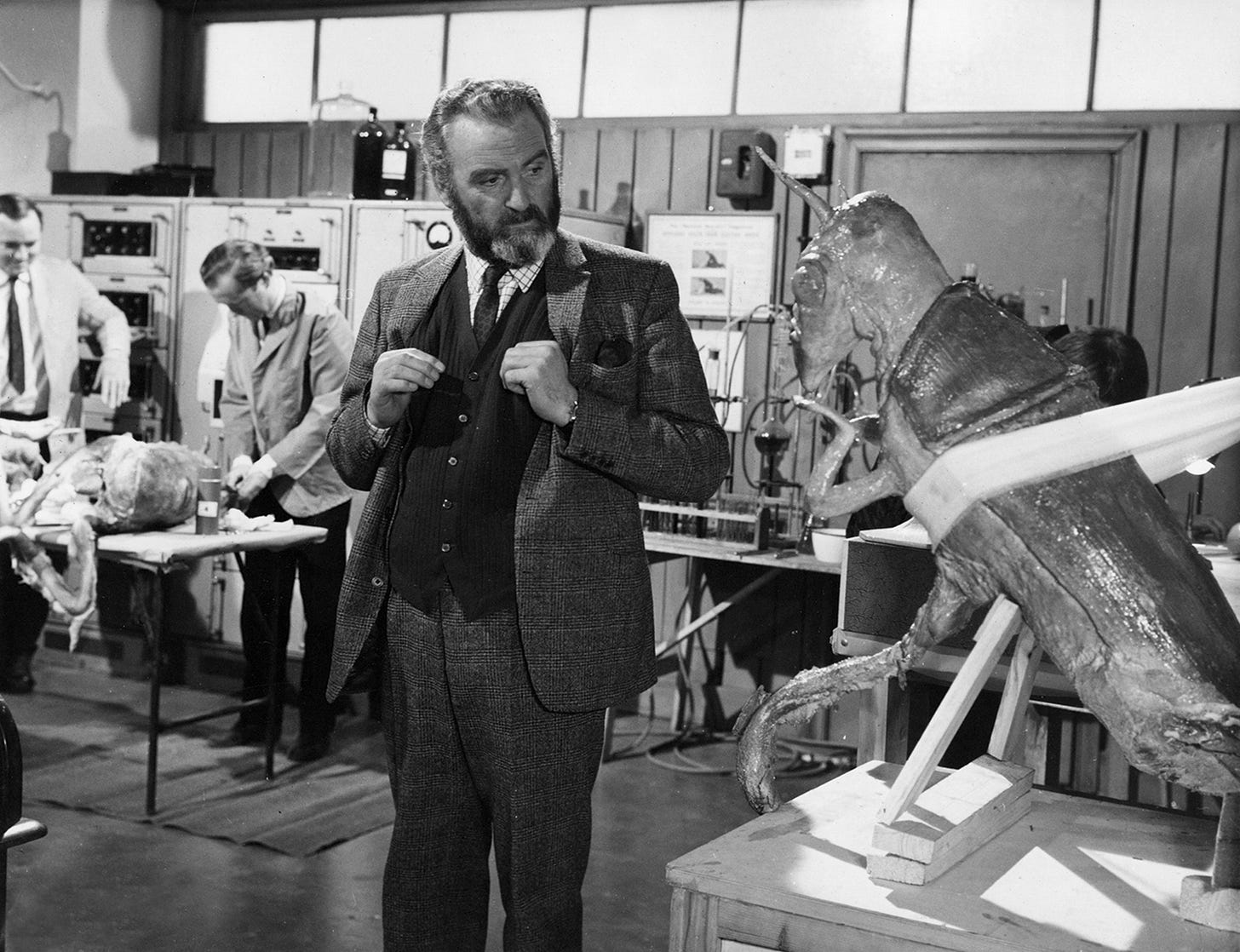Spoilers for Quatermass and the Pit (1967)
Hammer Horror’s 1967 adaption of Quatermass and the Pit, which was originally made into a serial for the BBC and screened between 1958 and 1959, will likely fall apart for modern audiences once the Martians are revealed to be horned puppets staggering in unison, led by a hallucination that hovers over London.
It’s a case of showing a little too much, however, up until this point, writer Nigel Kneale and director Roy Ward Baker do a wonderful job of playing on the audience’s fears of new technology and the space race, as well as memories from a war that had scarred a generation. That Kneale based his script around the discovery of an unidentified item believed to be an unexploded bomb during excavations for a new tube station is fitting.
When Kneale was writing his initial scripts for the serial in 1957, London was just ten years removed from the Blitz, during which countless buildings were damaged and thousands were killed. Reconstruction and repairs were still happening well into the 1950s, and the Ministry of Defence believes that around 60 World War 2 bombs were discovered each year between 2010 and 2018 – so imagine how many unexploded bombs were discovered in the years immediately after the war.
Even twenty years on, when the film version of Quatermass and the Pit was released, Kneale’s vision of a London in ruins due to an outside force would have been a shocking turn of events for audiences.
But that’s jumping ahead. After the discovery of something during the development of Hob’s End tube station, Professor Bernard Quatermass (Andrew Kier) becomes involved in discovering the origins of the object. While the military and the leader of the excavation, Doctor Roney (James Donald) believe that the object is terrestrial, and likely an undocumented V-weapon developed by the Germans, Quatermass is less sure and begins an investigation to discover the truth.
So begins a series of increasingly hokey, by today’s standards at least, scenes in which spectres of ancient apemen are seen, alongside images of horned creatures. There’s a lot of fun to be had, if you can look past some of the effects, and there are hints of the analogue ghost-hunting methods that Kneale would make central to the story in The Stone Tape (Peter Sasdy, 1972) a few years later.
Once it is discovered that the object is, in fact, a Martian spacecraft, buried for thousands of years, the Martians start to exert their influence over the population, leading to chaos in the streets. There’s a particularly strong scene, helped immensely by the performance of Duncan Lamont, where a drill operator is overcome by psychic energy and runs through the street – uncontrolled telekinesis moving the objects around him. Lamont’s performance is heightened but suggests a deep trauma, especially when he is eventually calmed and questioned. His responses would not have been unlike those of a soldier suffering from post-traumatic stress disorder.
The power exerted by the Martians is only increased when a power line jolts the craft, boosting the psychic power over the populace. A series of increasingly improbable events lead to the Martians being defeated but not before a wave of destruction that informs the final scene.
Roney believes that the power from the Martians can be discharged to the ground and commandeers a crane to swing into the spectral image looking down on London. It results in an explosion that kills both Roney and the Martians, leaving Quatermass and Roney’s assistant Barbara Judd (Barbara Shelley) in the wreckage of London.
This final shot of two survivors amidst a bombed-out London is not only a strong image on its own, but for audiences less than a generation out from some of the worst violence the world had ever seen it would have brought back memories of terror. London was a major target for the Nazis and so bombing was particularly heavy there, with some reports saying that an average of one V-1 rocket hit London every two hours for 81 consecutive days in 1944. In the years prior to this, some 20,000 tonnes of explosives had been dropped on the capital.
That’s without looking into the bombing that went on at all major cities and industrial hubs in the UK, meaning that few viewers would not have had some linked to the destruction.
So, the audiences who went to experience Kneale’s hybrid of science fiction and ghost story would have been greeted with an image that would be all too familiar. Two people, shell-shocked and struggling to comprehend the damage in front of them. It's a hugely powerful scene; one that still resonates nearly 60 years after its release.
Director: Roy Ward Baker
Writer: Nigel Kneale
Starring: James Donald, Andrew Keir, Barbara Shelley, Julian Glover









